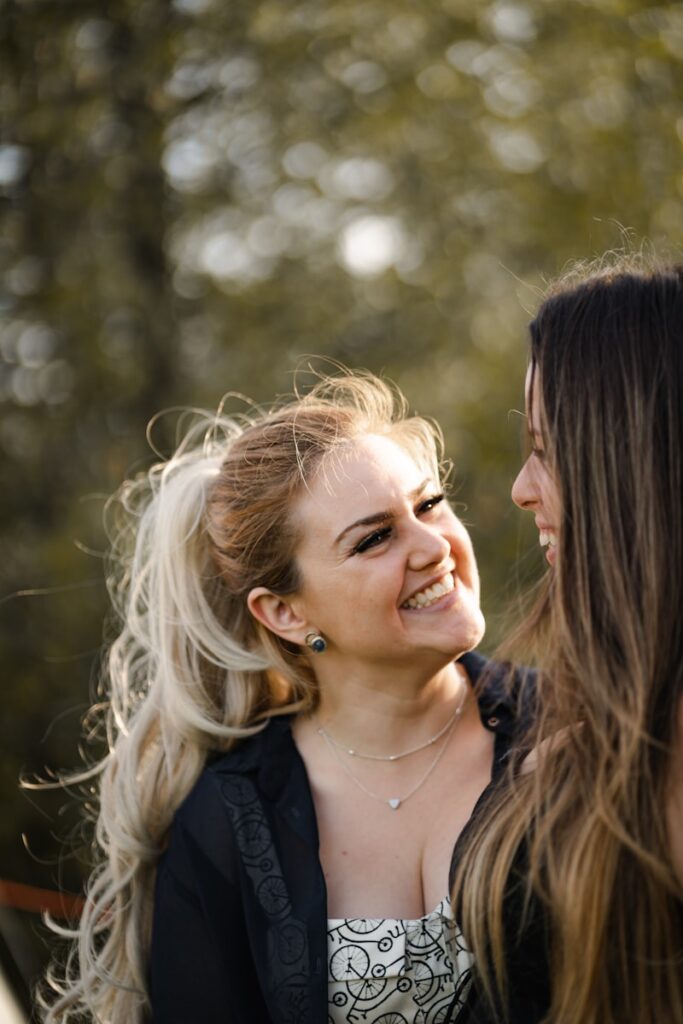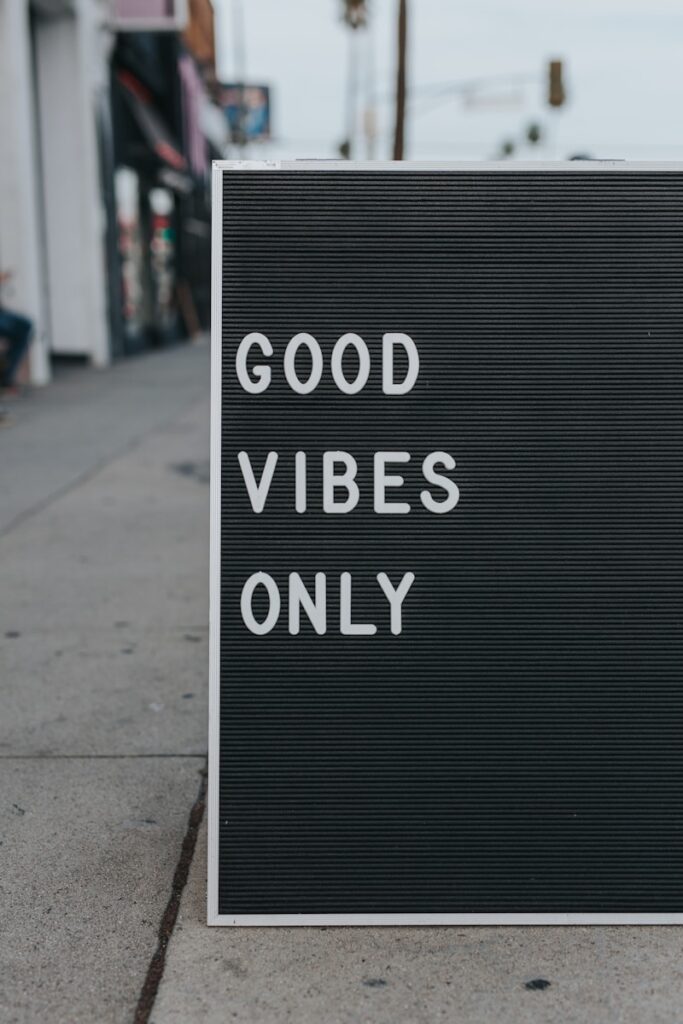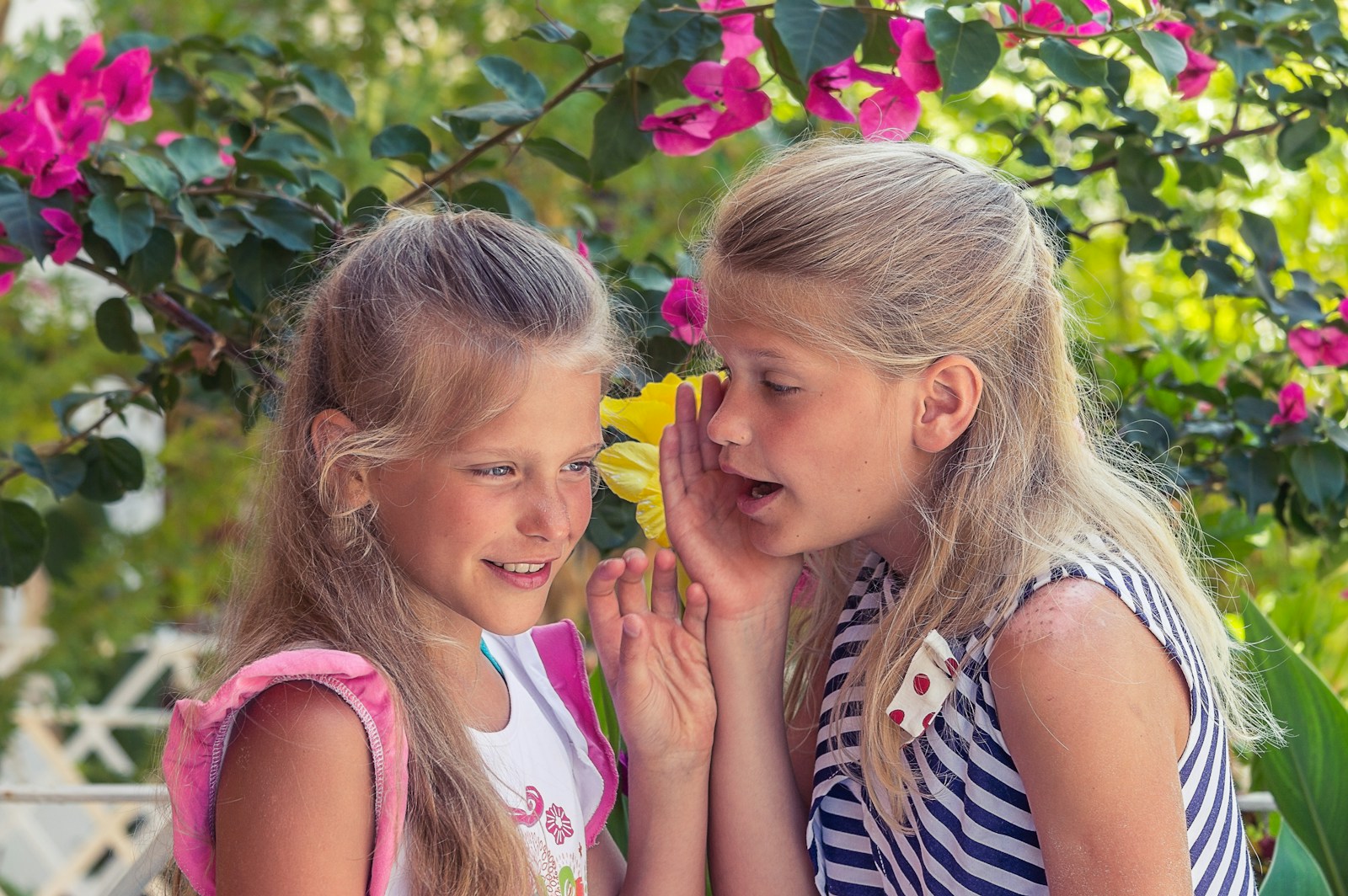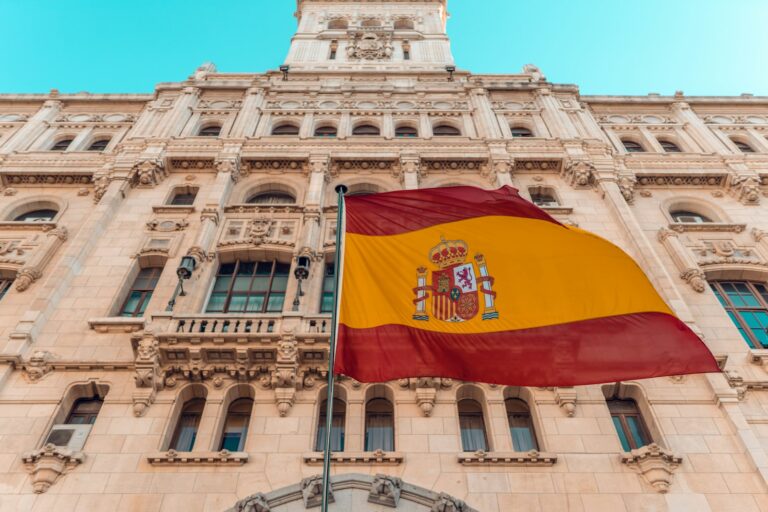How to Say “Pleasure to Meet You” in Spanish Correctly
Imagine you’re on a sun-soaked street in Barcelona, the air filled with the scent of fresh paella and the sound of laughter. You meet a friendly local who extends their hand and says something in rapid Spanish. You smile, but inside, you’re scrambling for the right words. Wouldn’t it be great to confidently respond with “pleasure to meet you” in their language?
Learning how to say “pleasure to meet you” in Spanish can open doors and hearts. It’s more than just a phrase; it’s a bridge to new friendships and authentic experiences. Whether you’re traveling, working with Spanish-speaking colleagues, or just want to impress at your local tapas bar, knowing this simple phrase can make all the difference.
Common Spanish Phrases for “Pleasure to Meet You”
Mastering how to say “pleasure to meet you” in Spanish can open numerous doors. Let’s explore the common phrases and how to use them effectively.
“Mucho gusto”: The Most Widely Used Expression
Literal Meaning and Cultural Significance
The phrase “mucho gusto” translates literally to “much pleasure” or “very nice”. It’s a staple in Latin American cultures. When you say “mucho gusto”, you’re conveying a warm, friendly sentiment, making it perfect for all occasions, whether you’re meeting someone at a work event or a family gathering.
Pronunciation Guide and Usage Tips
Here’s how you pronounce it: /ˈmuʧo ˈɡusto/ (MOO-choh GOO-stoh). You can confidently use “mucho gusto” in both formal and informal settings, making it a versatile expression. Imagine you’re meeting a local shopkeeper in Mexico—saying “mucho gusto” will instantly create a friendly atmosphere.
“Encantado/a”: A Polite Alternative
Gender Agreement in Spanish Greetings
Spanish, unlike English, requires gender agreement in greetings. Here’s a tip: if you’re male, use “encantado”, and if you’re female, use “encantada”. It’s a small detail but signals respect and understanding of the language.
When to Use “Encantado” vs. “Encantada”
Use “encantado” (/enkanˈtaðo/ en-kahn-TAH-thoh) if you identify as male and “encantada” (/enkanˈtaða/ en-kahn-TAH-thah) if you identify as female. Picture this: you’re at a business meeting in Spain, and you say “encantado” to introduce yourself. This little phrase can leave a great impression.
“Es un placer conocerte/conocerlo/conocerla”
Breaking Down the Phrase Components
The phrase “es un placer conocerte” translates to “it’s a pleasure to meet you”. Here’s a breakdown:
Formal vs. Informal Versions (Tú vs. Usted)
In Spanish, you tailor your greetings based on familiarity and respect. Use “conocerte” for informal situations. For formal ones:
Consider this table for clarity:
Situation | Phrase |
|---|---|
Informal | “Es un placer conocerte” |
Formal (Male) | “Es un placer conocerlo” |
Formal (Female) | “Es un placer conocerla” |
So, if you find yourself in a formal dinner in Argentina, using “es un placer conocerla” if addressing a female will prove your cultural savvy.
By integrating these phrases into your Spanish conversations, you’ll navigate social and professional settings with ease and respect.
Regional Variations of “Pleasure to Meet You” in Spanish

Want to sound like a local when meeting someone in a Spanish-speaking region? Knowing the right phrase matters. Here’s how people say “pleasure to meet you” across different Spanish-speaking countries:
Spain: “Encantado/a de conocerte”
In Spain, you’d say “Encantado de conocerte” if you’re male or “Encantada de conocerte” if you’re female. This phrase, pronounced en-kahn-tah-DOH deh koh-neh-SEHR-teh, translates to “enchanted to meet you.” Isn’t that charming? Gender agreement is essential here, reflecting the speaker’s gender.
Mexico: “Mucho gusto en conocerle”
When in Mexico, you’d use “Mucho gusto en conocerle” (MOO-choh GOO-stoh ehn koh-neh-SEHR-leh). It’s a formal way to say it, more courteous in nature. Mexicans value politeness, and this phrase perfectly conveys that respect.
Argentina: “Un gusto conocerte”
Argentinians express pleasure in meeting someone with “Un gusto conocerte”. Pronounce it oon GOO-stoh koh-neh-SEHR-teh. It’s laid-back, inline with Argentina’s warm social culture. Imagine yourself in a café in Buenos Aires, using this phrase to connect with new friends.
Colombia: “Un placer conocerte”
In Colombia, the go-to phrase is “Un placer conocerte” (oon PLAH-sehr koh-neh-SEHR-teh). It’s straightforward and heartfelt, fitting Colombia’s sincere and friendly social interactions. Use it to genuinely convey your delight in meeting someone.
Here’s a quick reference table for clarity:
Region | Common Phrase | Pronunciation |
|---|---|---|
Spain | Encantado/a de conocerte | en-kahn-tah-DOH/DAH deh koh-neh-SEHR-teh |
Mexico | Mucho gusto en conocerle | MOO-choh GOO-stoh ehn koh-neh-SEHR-leh |
Argentina | Un gusto conocerte | oon GOO-stoh koh-neh-SEHR-teh |
Colombia | Un placer conocerte | oon PLAH-sehr koh-neh-SEHR-teh |
These phrases open doors, creating authentic connections across regions. Learn them, and you’ll find yourself fitting right in, wherever you go.
Formal vs. Informal Greetings in Spanish

Exploring the nuances of Spanish greetings can feel like mastering an art. You don’t just want to say “nice to meet you”; you want to say it in a way that resonates respectfully or casually, depending on the situation. Here’s exactly how to get it right.
When to Use Formal Expressions
Business Settings
In professional environments, making the right first impression is crucial. Saying “Mucho gusto” (Nice to meet you) sets a tone of professionalism. You might be meeting a potential client or attending a formal work event. Here, formality matters. Using “Encantado/a de conocerle” (Pleased to meet you) can convey a higher level of respect.
Meeting Older Individuals or People in Authority
Respecting elders and authority figures is key in Spanish-speaking cultures. The expression “Un gusto en conocerlo/la” (Nice to meet you) adds a layer of politeness that’s often appreciated by older individuals or those in higher societal positions. When in doubt, err on the side of formality to show respect.
Informal Greetings for Casual Encounters
Among Friends or Peers
When hanging out with friends, formality can seem out of place. Instead of the long, formal greetings, you can use “Un placer” (A pleasure). It’s short, sweet, and fits seamlessly into relaxed conversations with peers or new friends.
In Relaxed Social Settings
At casual social gatherings or while meeting new people in a laid-back setting, keeping it informal encourages camaraderie. Saying “Un placer” (A pleasure) again here works beautifully. It’s akin to saying “pleased to meet you” at a casual get-together.
Setting | Formal Greeting | Informal Greeting |
|---|---|---|
Business Meeting | Mucho gusto, Encantado/a de conocerle | Un placer |
Meeting Older Individuals/Authority | Un gusto en conocerlo/la, Encantado/a de conocerle | Un placer |
Among Friends/Peers | Not typically used | Un placer |
Relaxed Social Setting | Not typically used | Un placer |
Using the right greeting can make a big difference in how you’re perceived. It’s not just about words but the respect and warmth you convey through them. So, next time you’re entering a business meeting or greeting new friends, you’ll know just what to say.
Responding to “Pleasure to Meet You” in Spanish

After someone says “Mucho gusto” to you, it’s nice to know how to reply in a way that shows mutual respect and warmth. Here are some popular responses in Spanish.
“Igualmente” (Likewise)
The word “Igualmente” is a simple and informal way to say “you too” or “likewise.” It’s perfect for casual settings or when you meet someone new at a friendly gathering. Imagine you’re at a party and someone introduces themselves with “mucho gusto.” A quick “Igualmente” not only keeps the conversation relaxed but also shows you’re equally pleased to meet them.
“El placer es mío” (The pleasure is mine)
For a more formal response, consider using “El placer es mío.” This phrase works well in both formal and informal contexts but leans slightly towards a gracious tone. Whether you’re at a business meeting or meeting someone older, saying “El placer es mío” emphasizes that the pleasure of the meeting is mutual. It’s like saying, “I’m genuinely honored to meet you.”
“Encantado/a también” (Pleased to meet you too)
If you prefer a touch of politeness with a personalized touch, “Encantado” for males and “Encantada” for females is the way to go. Use “Encantado también” or “Encantada también” in formal situations to show that you’re equally pleased to make their acquaintance. Picture this scenario: you’re at a formal event, and someone says, “mucho gusto.” Responding with “Encantado/a también” adds a refined touch to the interaction.
Regional Variations in Responses
While these phrases are universally understood, be aware of regional nuances. Though regional dialects aren’t explicitly detailed, phrases can vary based on cultural norms. People in Spain might use “Igualmente” more frequently, while in Argentina, a smile paired with “El placer es mío” could be very common.
For clarity and quick reference, here’s a table comparing the responses and their contexts:
Phrase | Translation | Context |
|---|---|---|
Igualmente | Likewise | Informal settings, casual meetings |
El placer es mío | The pleasure is mine | Formal/informal, business settings |
Encantado/a también | Pleased to meet you too | Formal, polite contexts |
Using these responses, you can navigate social interactions in Spanish-speaking environments confidently, making each meeting a pleasant and culturally respectful exchange.
Cultural Etiquette When Saying “Pleasure to Meet You” in Spanish

Connecting with people in a new language is always exciting, and it’s essential to understand the cultural nuances behind it. Let’s explore how to navigate saying “pleasure to meet you” in Spanish-speaking contexts effectively.
Physical Greetings Accompanying the Phrase
Handshakes in Formal Settings
In formal settings, greetings usually begin with a firm handshake. This gesture is more common among men, but women also participate, though less customarily. When you say “Mucho gusto” or “Encantado/a” while shaking hands, it shows you respect cultural etiquette. So, next time you’re meeting someone for the first time, why not extend your hand confidently?
Cheek Kisses (Besos) in Social Situations
In more casual or social settings, cheek kisses, or besos, often replace handshakes. Typically, between friends and acquaintances, this involves one or two quick pecks on the cheek. This greeting is more common among women, but men often participate too. Whether you say “Hola, ¿cómo estás?” or just offer a warm smile while giving besos, it shows friendliness and camaraderie.
Body Language and Eye Contact
Body language and eye contact play crucial roles in Spanish greetings. Direct eye contact conveys respect and sincerity, making your expression “Mucho gusto” or “Encantado/a” even more impactful. It’s like saying, “I’m genuinely pleased to meet you.” So, next time you find yourself in a Spanish-speaking environment, maintain eye contact to establish trust and connection.
Cultural Differences Across Spanish-Speaking Countries
Spanish-speaking countries each have unique cultural twists to these greetings. For instance:
Country | Handshake | Cheek Kisses (Besos) | Verbal Greetings |
|---|---|---|---|
Spain | Common | Two, starting right | “Hola, ¿cómo estás?” |
Mexico | Common | One or two | “Buenos días” |
Argentina | Sometimes | One, even men | “Hola, ¿cómo estás?” |
Colombia | Sometimes | One, mainly women | “Encantado/a” |
Understanding these subtleties can deepen your connections in Spanish-speaking cultures, making interactions memorable. Why not enrich your next conversation with these cultural insights?
Common Mistakes to Avoid

Knowing how to say “pleasure to meet you” in Spanish isn’t just about translation. It’s about cultural nuance and authenticity. Let’s jump into some common mistakes people make and how to avoid them.
Direct Translations from English
“Placer para conocerte” (Incorrect Literal Translation)
Ever thought translating “pleasure to meet you” directly from English to Spanish would work? Think again. Saying “placer para conocerte” is a common mistake. It sounds unnatural and can confuse native speakers. Instead, use “mucho gusto” or “encantado de conocerte”.
Using “Bueno” Instead of “Gusto” or “Placer”
Another frequent error is using “bueno” instead of “gusto” or “placer.” You might think “bueno” means good, so it fits. Spanish has specific expressions for greetings. So, skip “bueno” and opt for “mucho gusto” or “es un placer.”
Forgetting Gender Agreement in Greetings
Spanish is gendered, and greetings follow suit. Forgetting this can result in awkward moments. If you’re a male, you’ll say “encantado”; if you’re a female, “encantada.” Get it wrong, and you might confuse or amuse your conversation partner.
Gender Reference | Correct Term |
|---|---|
Male | encantado |
Female | encantada |
Mixing Formal and Informal Language Inappropriately
Formality matters in Spanish. Using “mucho gusto en conocerte” in formal situations can seem disrespectful. You want to use “conocerlo” or “conocerla” in professional settings. Knowing when and how to switch keeps you sounding respectful and well-mannered.
Isn’t it fascinating how simple phrases carry such depth? Avoid these pitfalls to leave a lasting, positive impression in any Spanish-speaking setting.
Conclusion: Confidently Saying “Pleasure to Meet You” in Spanish
Mastering how to say “pleasure to meet you” in Spanish opens doors to meaningful connections. By using phrases like “mucho gusto” and “encantado/a” and understanding their regional nuances you’ll navigate social interactions with ease.
Remember to consider the formality of the setting and always use the correct gendered terms. Avoid common pitfalls like direct translations and mixing formal and informal language.
With a bit of practice you’ll leave a positive impression and show respect for the rich cultural world of the Spanish-speaking world. Happy greeting!
Frequently Asked Questions
How do you say “pleasure to meet you” in Spanish?
The most common ways to say “pleasure to meet you” in Spanish are “mucho gusto” and “encantado/a.” “Encantado” is used by males, while “encantada” is used by females.
What is the difference between “mucho gusto” and “encantado/a”?
“Mucho gusto” is a neutral phrase used in both formal and informal settings. “Encantado/a” can also be used in both contexts but emphasizes more enthusiasm in meeting someone new.
Are there regional variations in saying “pleasure to meet you” in Spanish-speaking countries?
Yes, regional variations exist. For instance, in Argentina, people often say “un placer conocerte” while maintaining a friendly tone, whereas in Spain, “encantado/a” is more commonly used in professional settings.
What are some common mistakes to avoid when saying “pleasure to meet you” in Spanish?
Avoid direct translations from English like “placer para conocerte,” which is incorrect. Ensure gender agreement in the phrases you use, such as “encantado” for males and “encantada” for females.
How important is gender agreement in Spanish greetings?
Gender agreement is crucial in Spanish greetings to show respect and proper language use. For instance, males should use “encantado,” and females should use “encantada.”
Can you use a mix of formal and informal language in Spanish greetings?
It’s important to choose one form and stick to it. Mixing formal and informal language can be perceived as disrespectful or confusing. Use formal language in professional settings and informal language among friends.






